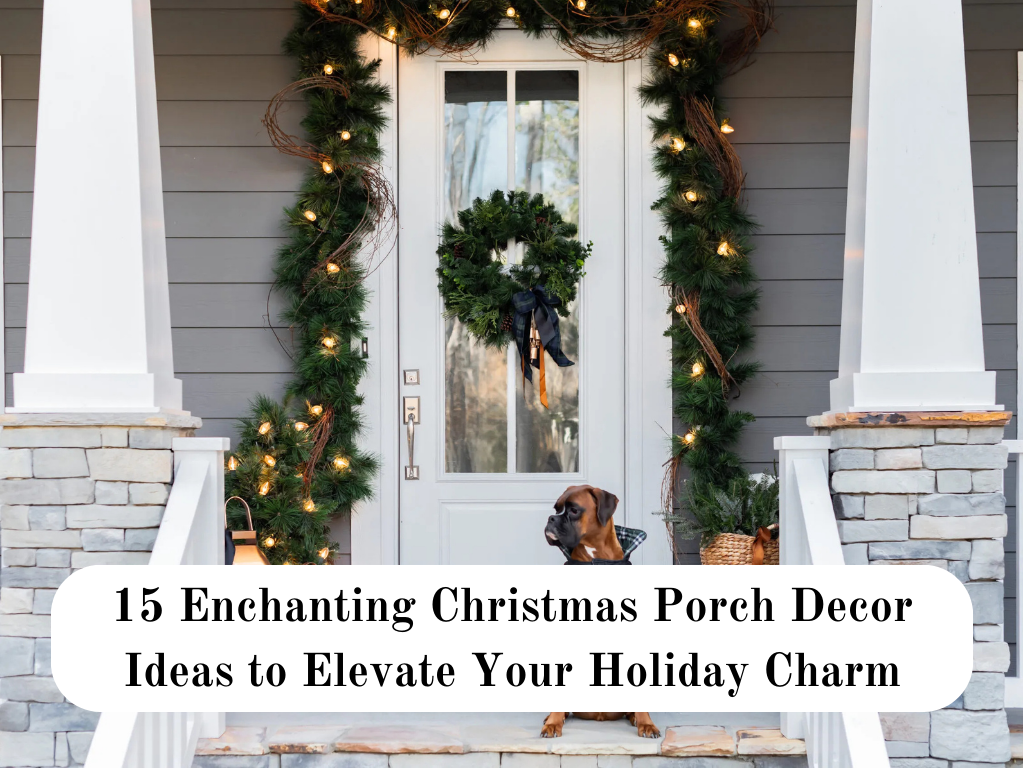Creating a green oasis in a small space might seem challenging, but with the right approach, you can transform even the tiniest area into a lush, tranquil retreat. Whether you have a small balcony, patio, or even a cozy indoor corner, these tips will guide you in designing a garden that feels spacious and vibrant. Here’s how you can make the most of your small space and cultivate a serene, green haven.
1. Choose the Right Plants
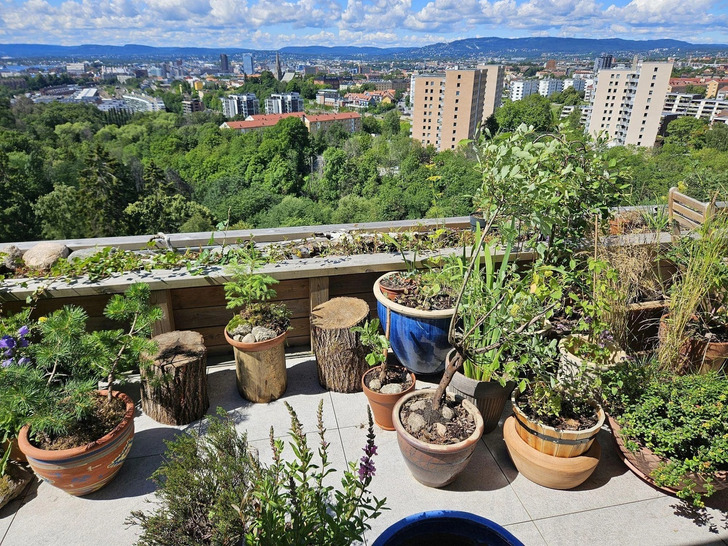
When working with a small space, it’s crucial to choose plants that will thrive in your environment without overwhelming the area. Opt for a mix of plants that are suited to your space’s light conditions, whether it’s full sun, partial shade, or low light. Consider compact or dwarf varieties of larger plants to avoid them growing too large and dominating the space. Plants like succulents, herbs, and small flowering shrubs are excellent choices for small gardens.
For even more variety, look for plants with different textures and colors. Combining leafy plants with flowering ones can add both greenery and vibrant hues, bringing your space to life. Also, consider the growth habits of your plants—choose those that won’t spread too aggressively or become too tall for the area.
2. Spend Time Nourishing Your Garden
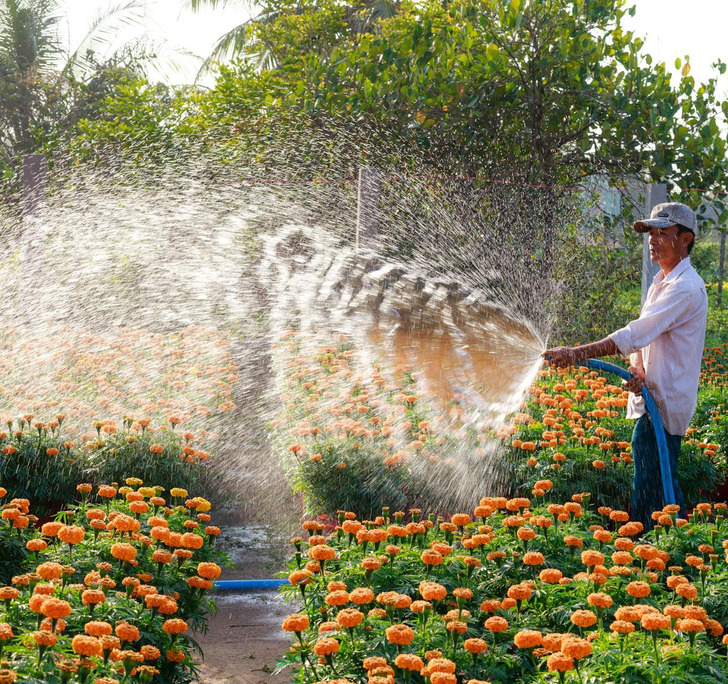
The key to a healthy, thriving garden is consistent care. Investing time in nourishing your plants ensures they stay healthy and vibrant throughout the year. Start by choosing quality soil that is suitable for the types of plants you’re growing. Proper soil is essential to healthy root development and overall plant growth.
Water your plants regularly, but ensure that you don’t overwater them, as this can lead to root rot, especially in small containers or spaces with limited drainage. Additionally, be mindful of fertilizing your plants. Use a balanced fertilizer to support their growth and flowering, but avoid overdoing it. Giving your plants the right nutrients at the right times can make a huge difference in how they flourish.
3. Fill Every Nook and Cranny with Plants
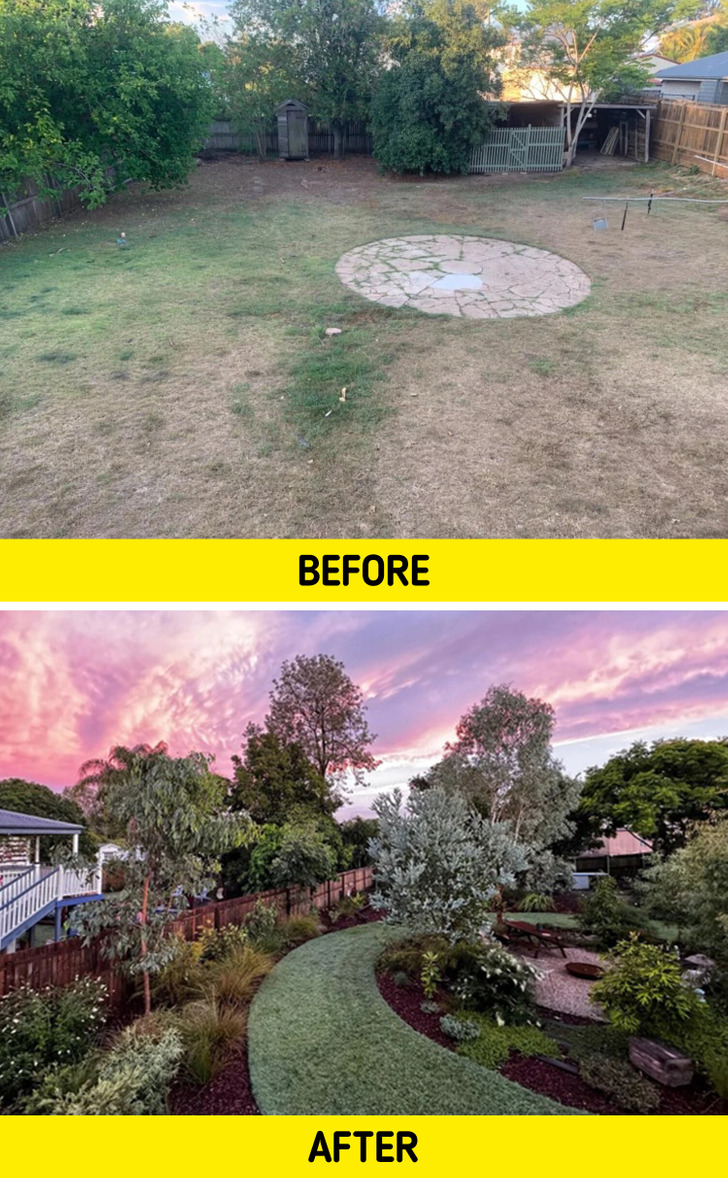
In small spaces, every inch counts. Instead of leaving empty corners or unused spaces, try to fill them with plants. Vertical gardening is a fantastic way to maximize space. Consider hanging planters, wall-mounted shelves, or trellises for climbing plants like ivy or jasmine. These options help you utilize vertical space rather than spreading out plants horizontally.
You can also plant in creative containers such as hanging baskets or wall pockets to save floor space. Be strategic about where you place your plants to create a balanced look while maximizing your green coverage. Filling in all the nooks and crannies with greenery will make your space feel more cohesive and inviting.
4. Organize the Chaos with Containers
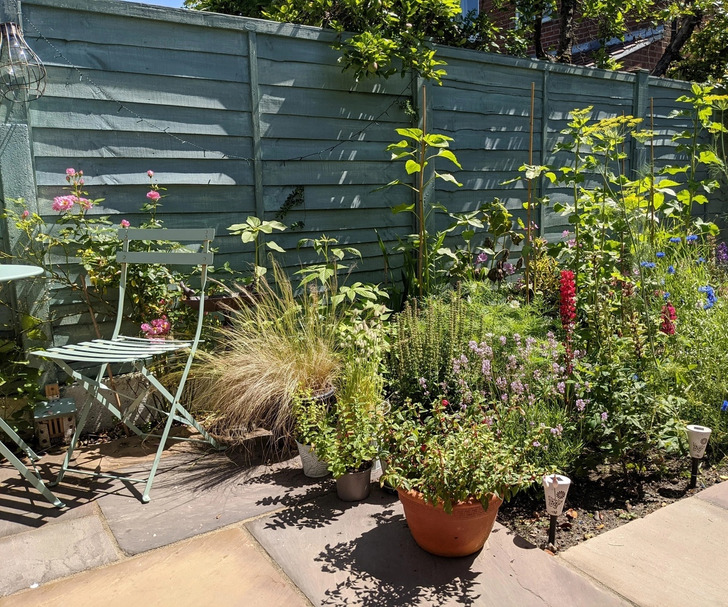
Using containers is one of the most practical ways to manage plant growth and keep a small space organized. Whether you’re working with a balcony, a patio, or a windowsill, containers can help you control how much space each plant takes up. Choose containers of different sizes to create a layered effect, placing taller plants in larger containers and smaller ones in smaller pots.
Using containers also gives you more flexibility with your garden layout. If a plant isn’t doing well in one spot, you can simply move it to a different area. Containers also help to prevent overcrowding, which can stunt the growth of your plants. Plus, they come in a variety of styles and materials, allowing you to pick ones that match your garden’s aesthetic.
5. Implement Clutter-Free Solutions for a Cozy Garden
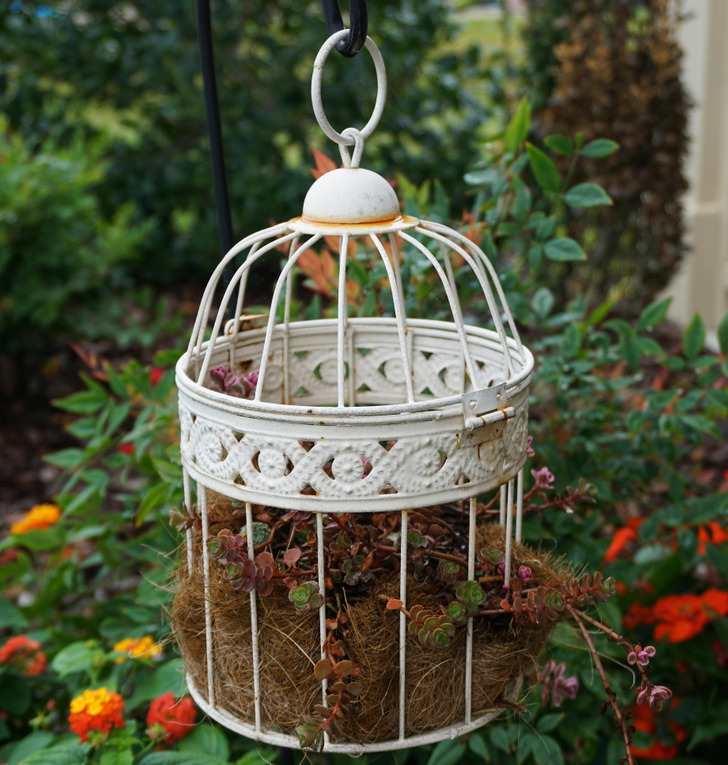
A cluttered garden can feel overwhelming and reduce the sense of peace you’re trying to create. To make your space feel more inviting, use simple, clutter-free solutions to store gardening tools and supplies. For example, small storage benches or shelves can be both functional and stylish. Look for multi-purpose furniture that serves as both storage and seating.
Additionally, use clean lines and minimalistic design elements in your plant containers and decorations. Avoid overcrowding the space with unnecessary decor that can make it feel cramped. Focus on a few statement pieces, such as a beautiful plant or an eye-catching piece of garden furniture, to create an elegant, serene atmosphere.
6. Keep the Seating Compact
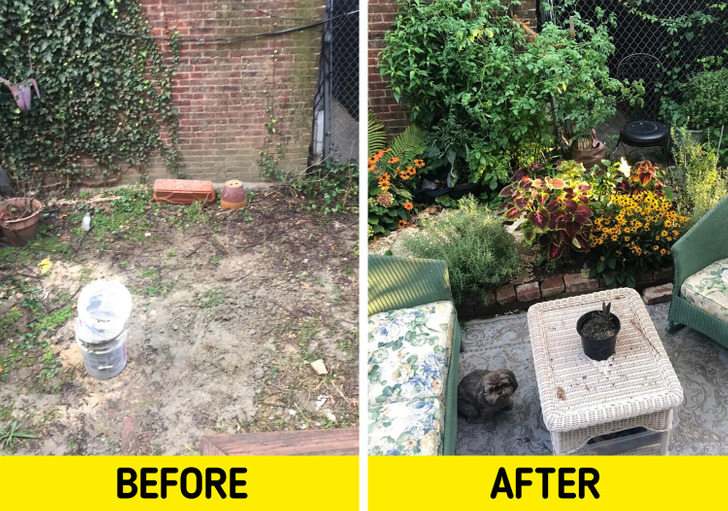
In a small garden, seating is just as important as the plants themselves. However, in order to avoid taking up too much space, choose compact, foldable, or stackable seating options. A small bistro set, folding chairs, or a bench with storage underneath are excellent choices for a cozy garden.
To save even more space, consider built-in seating along the edges of the space or around planters. This allows you to maintain plenty of open space while still offering a comfortable spot to relax and enjoy your garden. Keep the seating low-profile to create a more open and airy feeling in the space.
7. Create a Relaxing Spot to Unwind
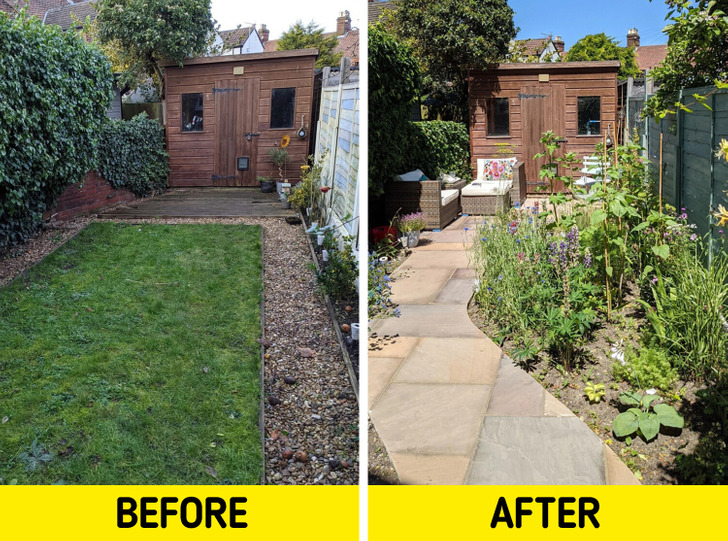
A garden is not only about the plants but also about creating a place to relax and unwind. Even in a small space, it’s possible to design a cozy, peaceful retreat. Consider adding a small hammock, a comfortable chair, or even a floor cushion where you can sit and enjoy the beauty of your plants.
Surround your seating area with greenery to enhance the sense of tranquility. Add a few decorative touches like a soft throw blanket, a pillow, or a small side table for drinks or books. A peaceful spot where you can disconnect from the world will help you get the most out of your green oasis.
8. Enhance the Atmosphere with Magical Lighting
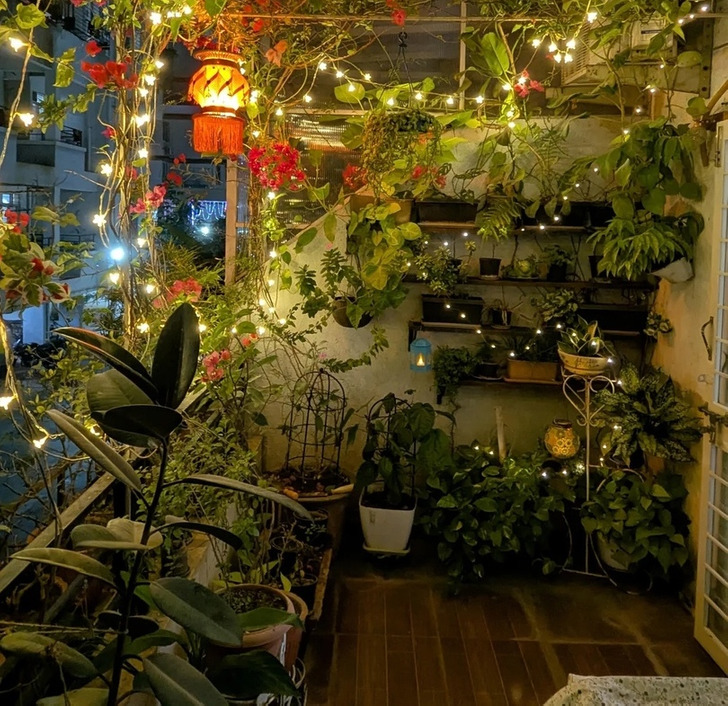
Lighting can completely transform the look and feel of your garden, especially in the evening. To create a magical atmosphere in your small space, use string lights, fairy lights, or lanterns to add a warm glow to the surroundings. Position them around your plants or seating area to create a cozy, intimate environment.
Solar-powered garden lights are an excellent option because they don’t require any wiring and can be easily placed in various locations. If you have climbing plants or a trellis, wrapping them with fairy lights can create a stunning, whimsical effect. Consider using soft, ambient lighting to avoid overwhelming the space and to create a relaxing, serene environment.
Final Words: Designing Your Perfect Green Oasis
Turning a small space into a green oasis requires thoughtful planning and creativity, but with the right approach, it’s entirely possible. By choosing the right plants, investing time in their care, and filling your space with greenery, you can create a lush, tranquil environment that provides a sense of escape from the hustle and bustle of everyday life. Incorporating compact seating, clever storage solutions, and a bit of magical lighting will elevate your garden and make it a cozy, inviting place to relax and unwind. Remember, even small spaces have great potential to become beautiful green retreats—start small, think creatively, and enjoy the process of building your own oasis.

